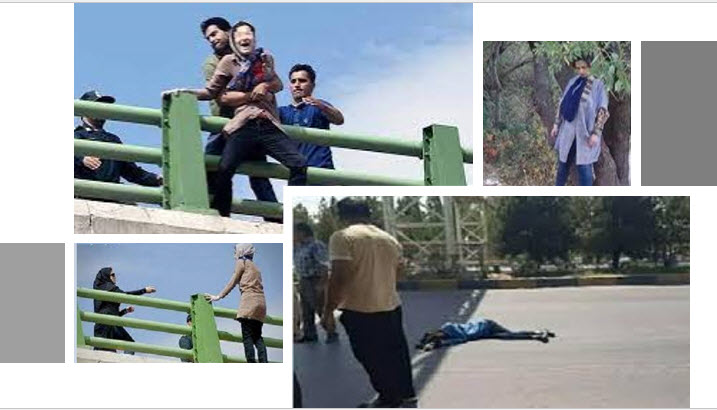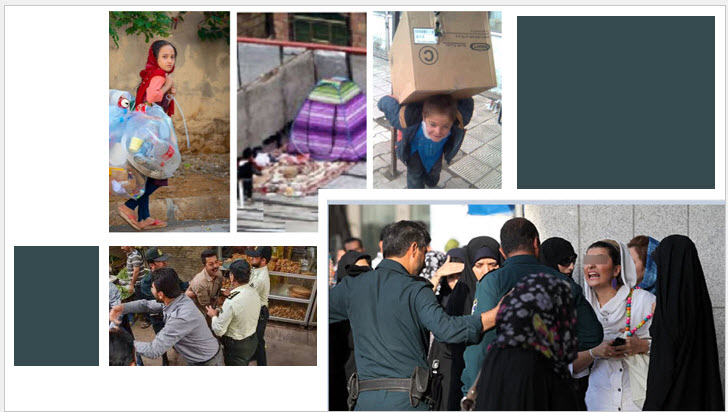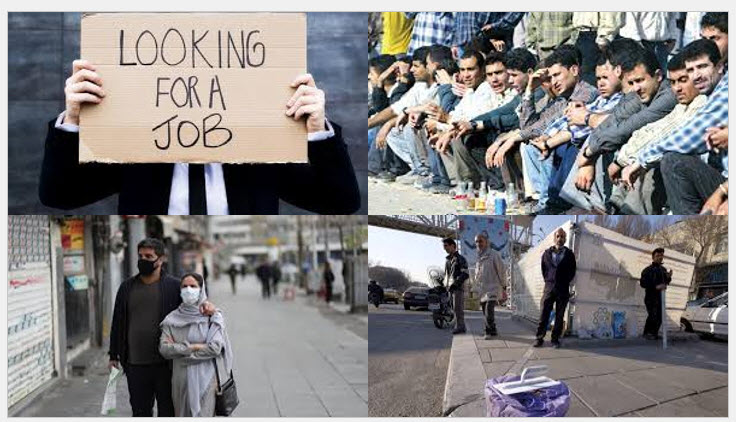
Analysis shows that over the past ten years, about 250 kids in Iran have died by suicide. There is no exact number of child suicides in Iran; however, it is likely to be higher than reported because this is just the number of victims reported by the Iranian regime’s media.
Iran has recently come under intense scrutiny once again as a result of many bitter events. The high number of child suicides is one such occurrence. News of two new suicides spread across the nation as recently as August 7. Amir Mohammad Abulofai, age 9, and Farhad Khodayi, age 12, both of Kohdasht city in the province of Lorestan, killed themselves. Abulofai killed himself by hanging, while Khodayi shot himself dead.
According to the National Organization for Civil Registration under the regime, suicide accounts for 3.89 percent of all youth fatalities in Iran, ranking as the fifth most common cause of death. They found that girls committed 52 percent of the suicides that have been made public, and boys committed 48 percent of them. The regime’s misogyny, inequality against women, and double pressure and repression on the country’s women are likely to blame for the higher rate of suicides among girls.
According to the statistics provided, roughly 45 percent of suicides involved children between the ages of 9 and 14 years, and another 55 percent involved people between the ages of 15 and 18. Eight percent of these suicides were attributable to poverty, 26 percent to educational issues, 28 percent to family conflicts, five percent to emotional relationships, eight percent to rape, five percent to the influence of movies and videos, and another 20 percent were attributable to forced marriages.

Eight percent of these suicides were attributable to poverty, 26 percent to educational issues, 28 percent to family conflicts, five percent to emotional relationships, eight percent to rape, five percent to the influence of movies and videos, and another 20 percent were attributable to forced marriages.
The highest number of suicides occurred in Tehran, Isfahan, and Hamadan. The high rate of youth suicides has detrimental effects on Iranian society as a whole. The youth of the nation experience a high level of despair. The number of young people without jobs keeps rising because the regime is not creating enough job opportunities to stop the country’s future from being destroyed and its citizens are driven to despair.
The Ministry of Cooperation, Labor, and Social Welfare of the regime reported in 2019 that out of 10.5 million youths aged 15 to 24, 8.1 million were neither enrolled in school nor receiving any kind of skill training or employment.
While this is more than enough to drive youths to suicide, the regime has increased repression and youth executions in recent months. This has been carried out through stricter hijab laws against women, including teenage girls, and the spread of narcotics among youths, particularly the younger male population. The majority of the regime’s recent executions were, in fact, drug-related.

While this is more than enough to drive youths to suicide, the regime has increased repression and youth executions in recent months.
It should be noted that among the 57 Islamic countries, Iranian youths are among the most politically engaged. They pose a long-term threat to the theocracy of the regime because they are the most disobedient group in society.
They wrote, “In this year’s exam, there is a 44% decrease in the number of candidates in the math group compared to the national exam in 2012. In addition, in 2019, 24.3% of all candidates entered the math group, but in this year’s exam, this number has decreased to 9.7%.”
Fararu added, “While the number of candidates in the foreign language group in the entrance exam of 2022 has increased by 1383.8 percent compared to 2012. It seems that part of the 1383% increase in the number of candidates in the foreign language group in this year’s national exam is elites who are taking the last steps to move to world-class universities.”

Another question that needs to be addressed is where Iran’s youth and elites are going. Part of the answer can be found by observing youth participation in university entrance exams, as reported by the state-run Fararu daily on July 25.

